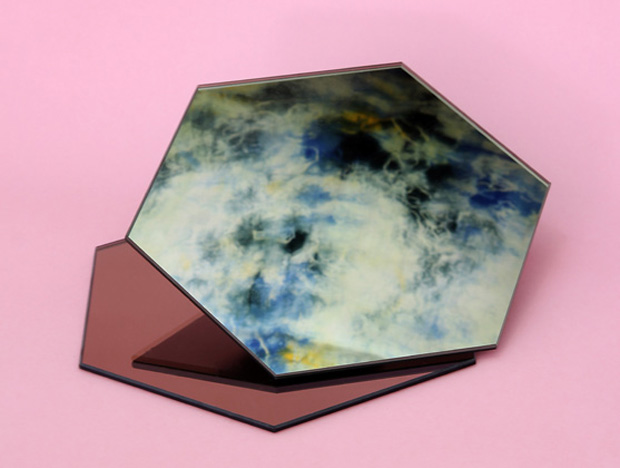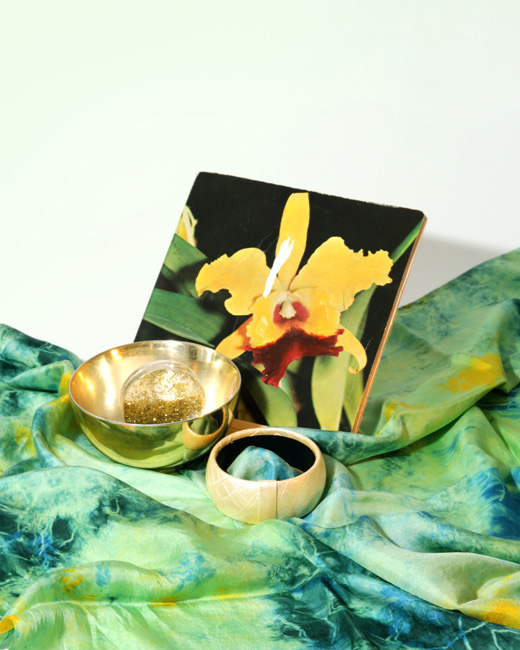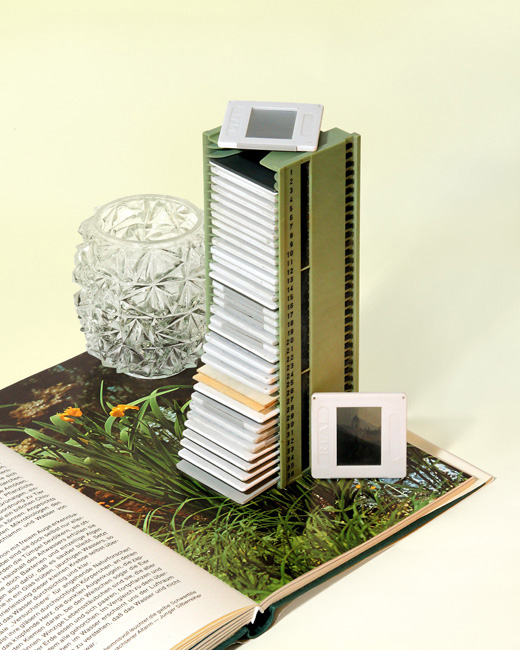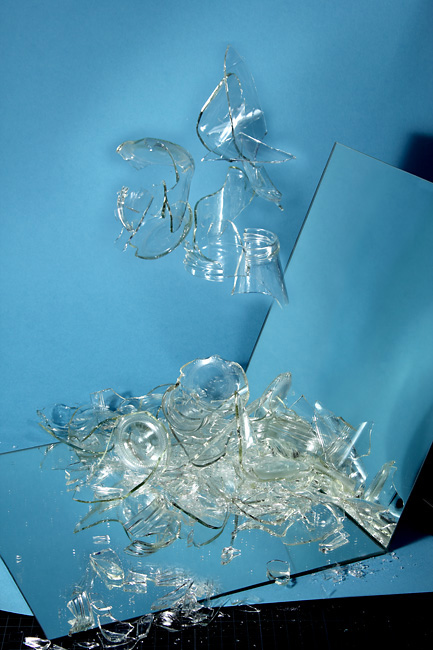
Thomas Albdorf on keeping still life alive
The Austrian photographer and critic defends the photographic one-liner and says it's here to stay
The Austrian photographer, curator and commentator Thomas Albdorf is well known for his still life photography and has exhibited his work all over Europe, the UK and America as well as appearing in many magazines and publications including A5 Magazine and the very fine It's Nice That.
Before shooting still-life photography, Albdorf worked as a graphic designer and art director. Pehaps this is why his work stands out. Smart and well-balanced, Albdorf's still lifes offer a wealth of texture, interest and pattern among their simple constructions.

Albdorf has also curated the new edition of Disturber, the contemporary photography magazine, and in an interview with one of the title's founders, Maurizio Di lorio, he discussed the place of still-life photography in the world today.
In particular Albdorf spoke up for the photographic one-liner, that throwaway, highly shareable shot that some think cheapens photography. Albdorf thinks that these uncanny, highly bloggable images, are probably shot with half an eye on their attractiveness once uploaded.

"The decontextualization that these images will very likely experience when re-blogged and posted is anticipated in their very content, so they seem to be an almost natural reaction to our accelerating perception of photographs," Albdorf tells Di lorio.
Indeed, Albdorf says that digital reproduction and sharing has led to a rejuvenation of the still life genre, and this is not merely a passing fad.

"Many people might argue that images that fit into the probable rules of still life flooded the internet in the past few years," Albdorf adds. "And that it became a fashion to copy or reenact Elad Lassry, Annette Kelm or Lucas Blalock, but I still discover new and interesting approaches to this genre (very recently the series Everything is Anything Else by Jason Lukas, Zachary Norman and Aaron Hegert) that add an additional layer to my perception of the contemporary image production."
Albdorf rounds off his interview with a few words of hope for still-life enthusiasts. "I have to come to the conclusion that photography as a medium always seems to be in a crisis," he says. "I prefer to see it this way: the fact that so many people engage in this discussion for quite some time now has to signify that there is more to the concept of still life imagery than a simple trend or fashion."

You can read the full interview in the third issue of Disturber magazine, which is curated by Albdorf and devoted to the art of photographic still life. Meanwhile, for a thorough grounding in how to understand contemporary photography, try our Stephen Shore book, The Nature of Photographs.